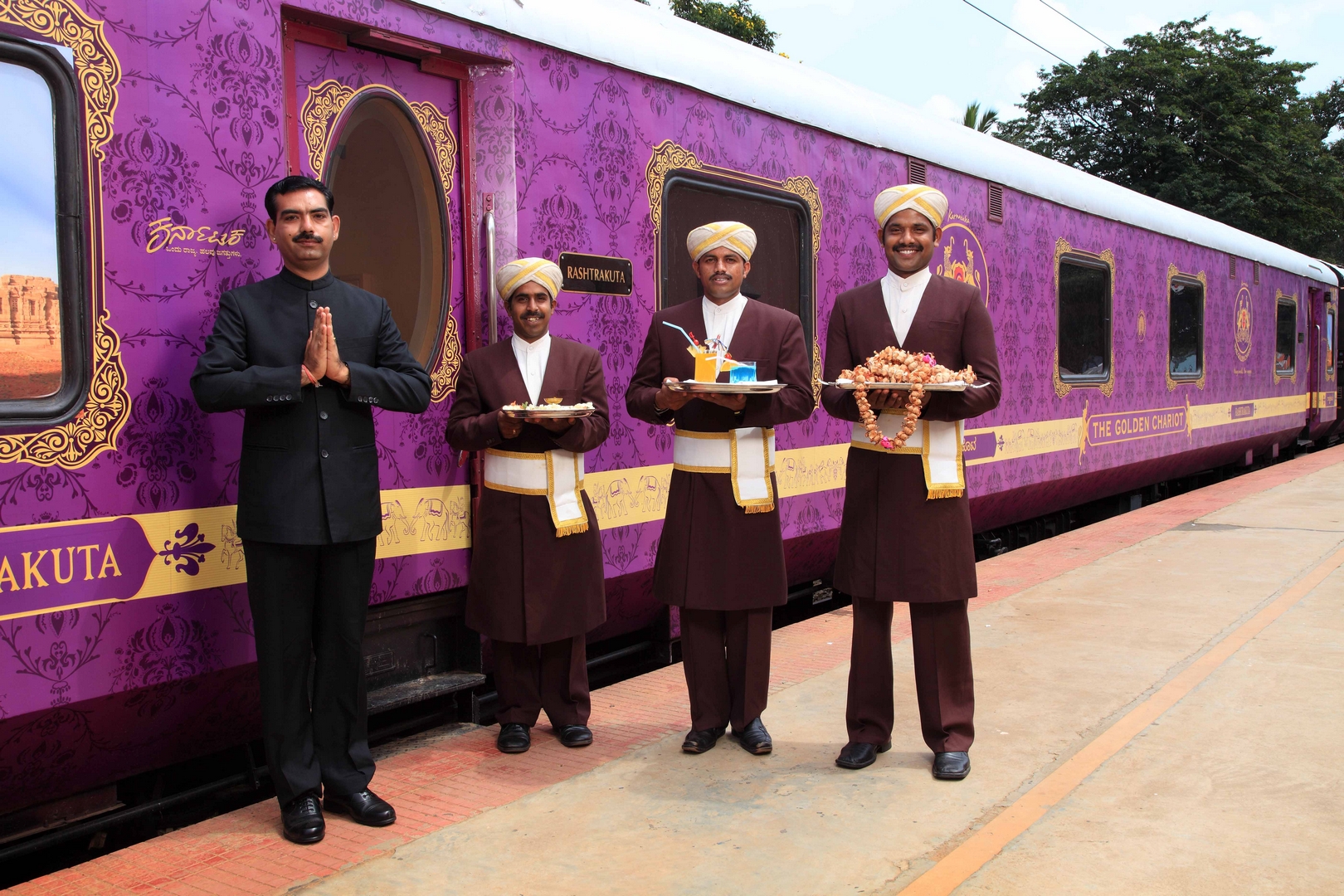History
The Golden Chariot
Many Worlds, One voyage
The Golden Chariot route’s destinations have been meticulously selected to highlight the architecture, culture, and history of the region.
Situated in a unique position, the southern peninsula is surrounded by the Arabian Sea in the West, the Indian Ocean in the South, and the Bay of Bengal in the East. This resulted in several dynasties establishing trade and political connections with both the East and the West.
These dynasties, with their love for the arts and crafts, have left an everlasting impression on the landscape through their intricately carved temples and other structures, narrating the tale of the glorious past of these lands.
The Train – The guest carriages of the Golden Chariot train are named after the dynasties that ruled South India for several centuries. Each guest carriage comprises four cabins, offering a combination of twins and doubles. The cabins include 13 double bed cabins, 30 twin bed cabins, and 1 specially-abled cabin.
Indulge in Regal Luxury
The fables and opulent lifestyles of the Maharajas of India are renowned and celebrated. You can now bask in the luxury and regality of that bygone era with Golden Chariot, the jewel of southern India. Discover the unmatched historical legacy of India’s extraordinary heritage as you embark on this exquisite journey. This surreal expedition will transport you through breathtaking rail routes, picturesque panoramas, and exceptional destinations that redefine Indian tourism.
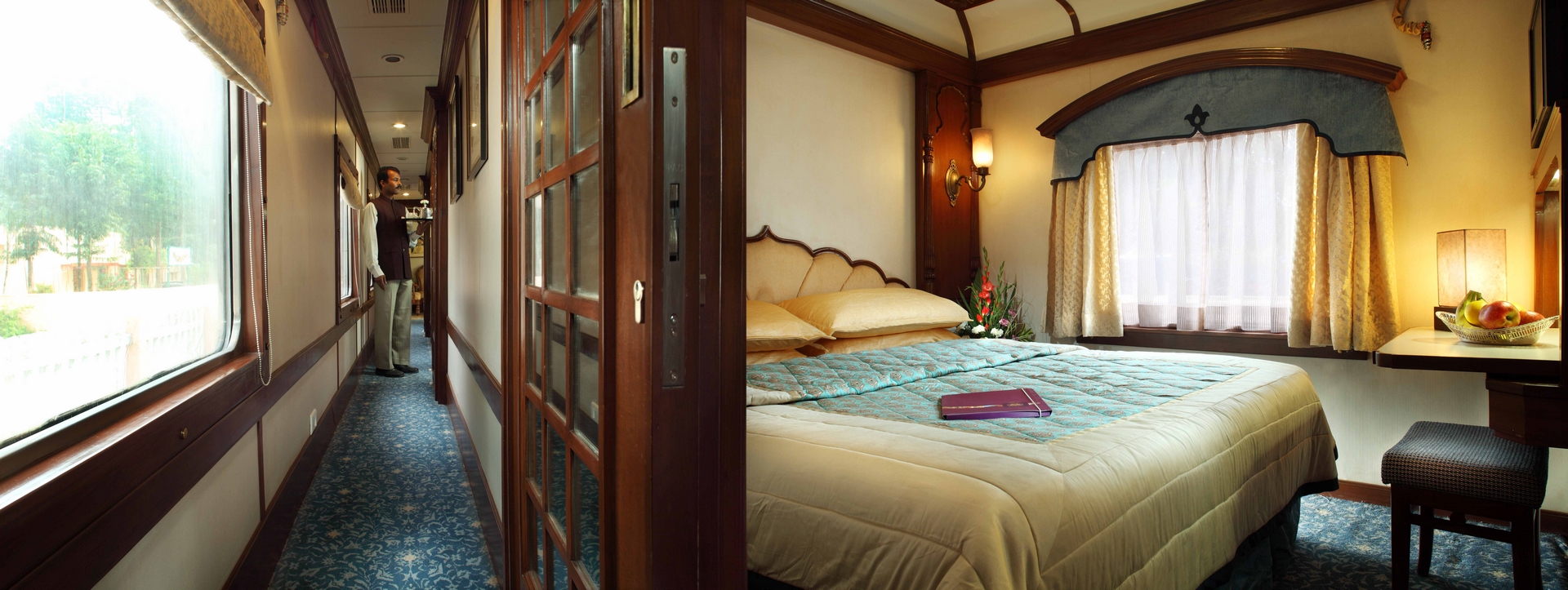
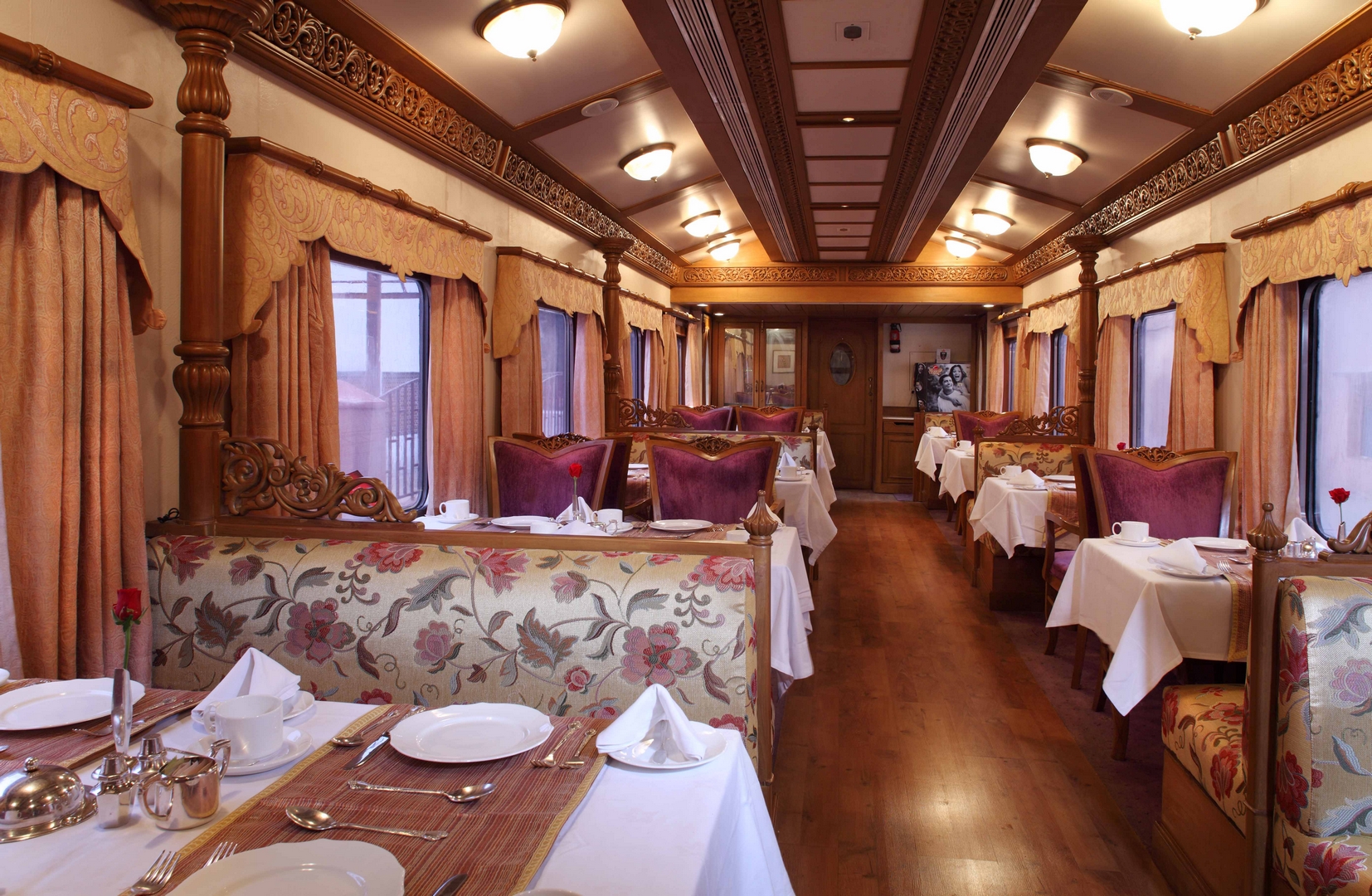
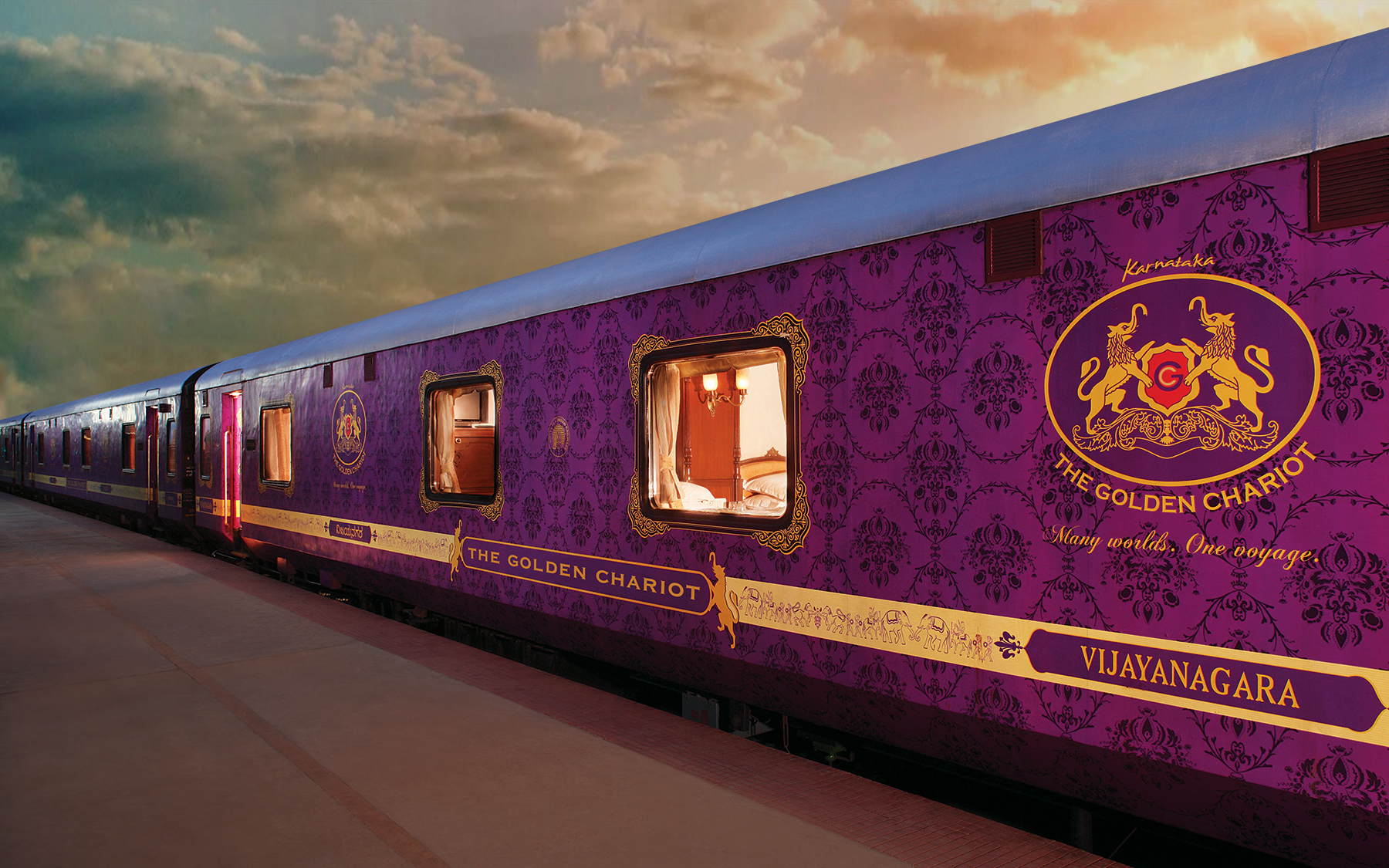
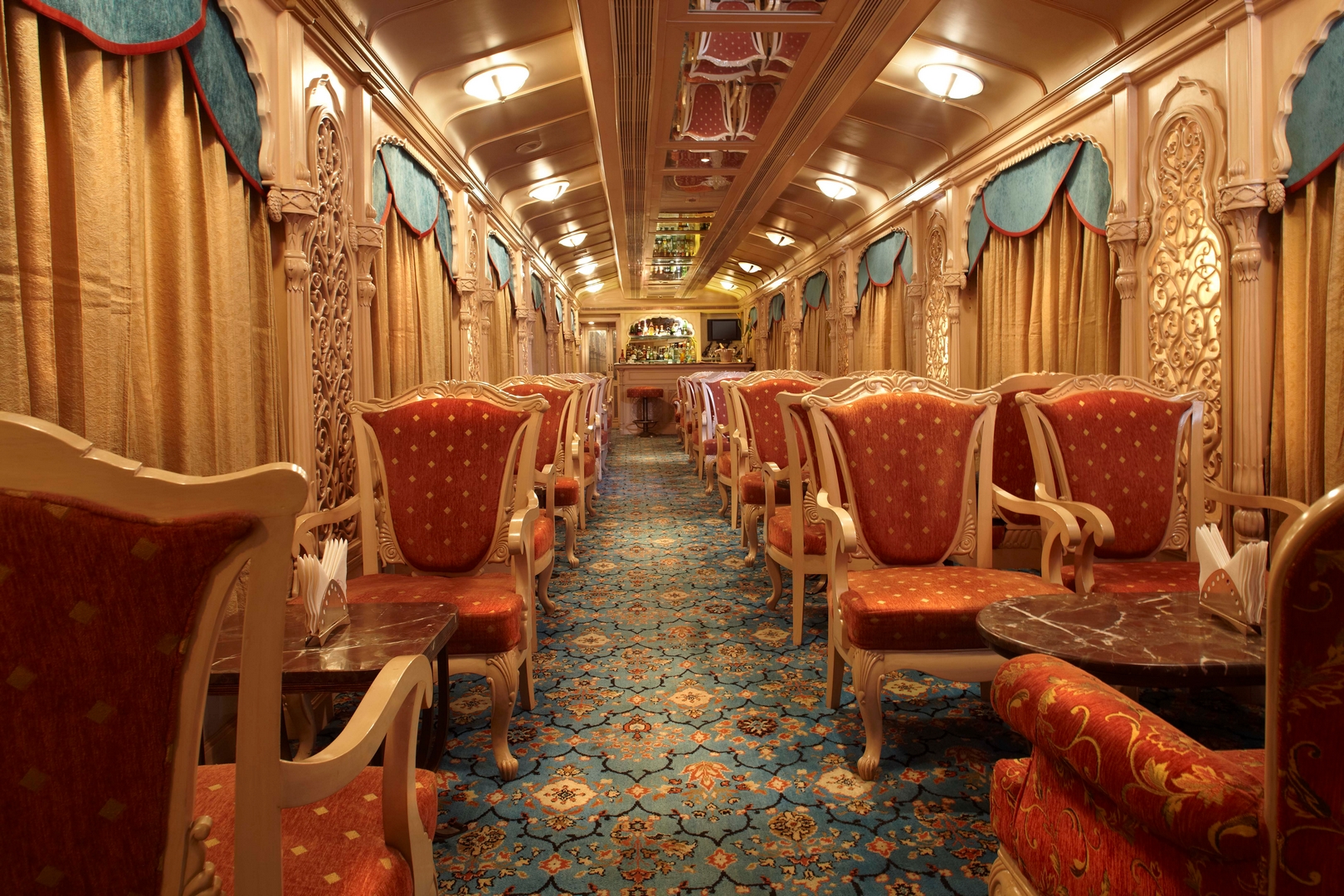
168-year-old royal lineage
The East Indian Railway Company (now, Indian Railways) was founded by the then Governor of India, Lord Hardinge in 1844. He was responsible for supervising the introduction of several experimental trains from Bombay to Calcutta. However, a milestone was achieved in 1853 when the first passenger train service was inaugurated between Bombay and Thane. In 1854, Lord Dalhousie, the Governor-General of India, formulated a plan to build a network of trunk lines connecting the principal regions of India.
